A very common building material, in fact, so common that it’s possible to ignore, to the point where it can be almost accepted, without question, that houses have always been built of bricks.
But, just for a moment, think about the story of the Three Little Pigs. What if that story is as much a historical anecdote, looking at human existence through the frailty of early building as safe places? From early shelters, maybe even straw or plant-based bedding, which was a material used in bedding through to relatively recent times, through wattle and daub dwellings, woven wooden material as a basis for holding some kind of mud mix, with roofing made of straw or reed, or some other plant material, eg peat, depending on what was available.
In fact, much of housing history is based on what materials are available locally. Humans have been adept at creating shelters, rudimentary “houses”, as a base from which to construct more secure dwellings, using local timber, mud or stone, and plants.
It’s true that bricks made of mud, adobe, have been made in many parts of the world for several thousand years. These dried mud bricks, simply shaped mud rectangles left in the hot sun to dry, are features of buildings in many parts of Africa.
These buildings are susceptible to wet weather, so need large overhangs of the roof to take water away from the walls, or, in the case of the Malian buildings, regular recoating with mud.
This was also a feature of much early vernacular housing in other parts of the world, where materials were simply accessed from whatever was available. Wattle and daub was a housing feature from probably Bronze/Iron Age times through to the 13th century, then refined a little in the 15/16th centuries in finer dwellings, becoming lath and plaster in later dwellings.
Chalk was burnt to become lime, which in turn, with water mixed, became a standard “paint” that also helped to repel insects. Lime could also be used as an alternative to cement and was used from Prehistoric times for this. Lime, organic materials, plus available rocks, could be used to make solid walls, often known as cob, cobb or clom walls. Variations on the theme depended on local materials.
Butser Ancient Farm, wattle and daub, left and Hangleton, Flint (cobb) Weald and Downland, right.
Then they left, and seemingly, with them went the technology of brick making, although there are many areas of the country that have significant clay deposits. Some Romano-Britons may have used buildings left behind, but, for many, their wattle and daub houses were possibly not too dissimilar from earlier people. They might be circular or rectangular, with a central hearth fireplace and smoke passing through the thatch roof. Saxons, Vikings, low status Normans would probably feel comfortable in each other’s houses. Small or large the principle might be similar, a general hall, with the fire hearth, with areas off for sleeping or specific work areas. In fact, this idea persisted even into periods that ended with the Tudors.
In the 12th century, in Europe there was a renaissance of brick making, that gradually worked its way to Britain, with the earliest use of brick in Britain being 1190 in Coggeshall abbey in Essex. Probably from about 1400 they were becoming more common, but in a relatively narrow area along the Thames, imported from Flanders with Britain exporting wool. This gave rise to some of the significant buildings along the Thames, with Hampton Court (1514) being one of the most recognisable.
Slowly, artisan brick makers were brought to Britain to make use of local clay seams, probably for local gentry.
With many vernacular houses being made of wattle and daub, they were something of a fire hazard. Sometimes kitchen/cooking areas were built apart from the house, so that, in the event of a cooking fire, the house wouldn’t be destroyed.
The other issue with an open-hearth fire was the build-up of smoke inside the house, sitting as a haze, sometimes not far above head height. The method that was developed to address the issue was the smoke bay. This was essentially a wattle and daub channel to funnel the smoke through a narrow part of the building to a smoke hole in place of a chimney. It might have had a stone wall behind, or an iron plate to avoid direct contact with the wattle and daub.
In 1666, the fire of London resulted in an edict that fires should have a chimney flue and where possible, houses should be made of brick, which was becoming more common. Houses that had originally been built as hall houses could be remodelled with the addition of a fireplace and chimney.
Both Bayleaf, left, and Walderton, right, had chimneys built in the 1500s, well after their original construction.
The introduction of the chimney flue enabled internal remodelling, with upper spaces able to be incorporated into living space, often with rooms having their own fireplace. Chimneys allowed separate internal cooking spaces, smoke holes for drying meats, bread ovens to be incorporated into chimney stacks.
Chimneys changed use of space, cooking and, inevitably improved health, as people were not breathing fire fumes, directly or indirectly by smoke seepage.
A thatched roof might be replaced by terra cotta tiles, slate or stone, to make them safer from stray sparks.
It’s worth considering “home improvement” as a feature of wealth. Fine houses were the domain of the better off. If you consider the householder of Bayleaf, which was rented with 100 acres, there would have been a need for general labour. It’s feasible that the labourer might have lived in a house similar to Hangleton, but the use of his labour would have been his means of survival. At one point, the owner of Bayleaf also had children from another part of the family in the household, as minor servants.
So the little pig in the house of bricks, welcoming his siblings into his household, might well have been simply taking advantage of their potential for labour…
A visit to the Weald and Downland Museum allows you to explore different parts of this.
You can do 3D tours of some of the houses, linking to this area of the website. Click on the link.
3D Virtual Tours at The Weald & Downland Living Museum
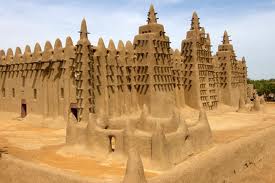
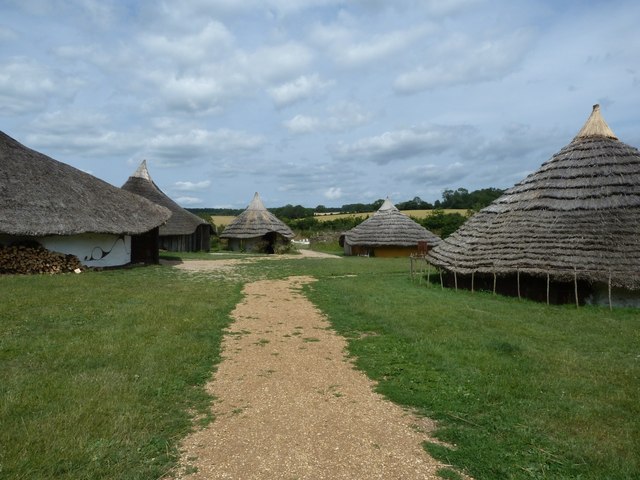
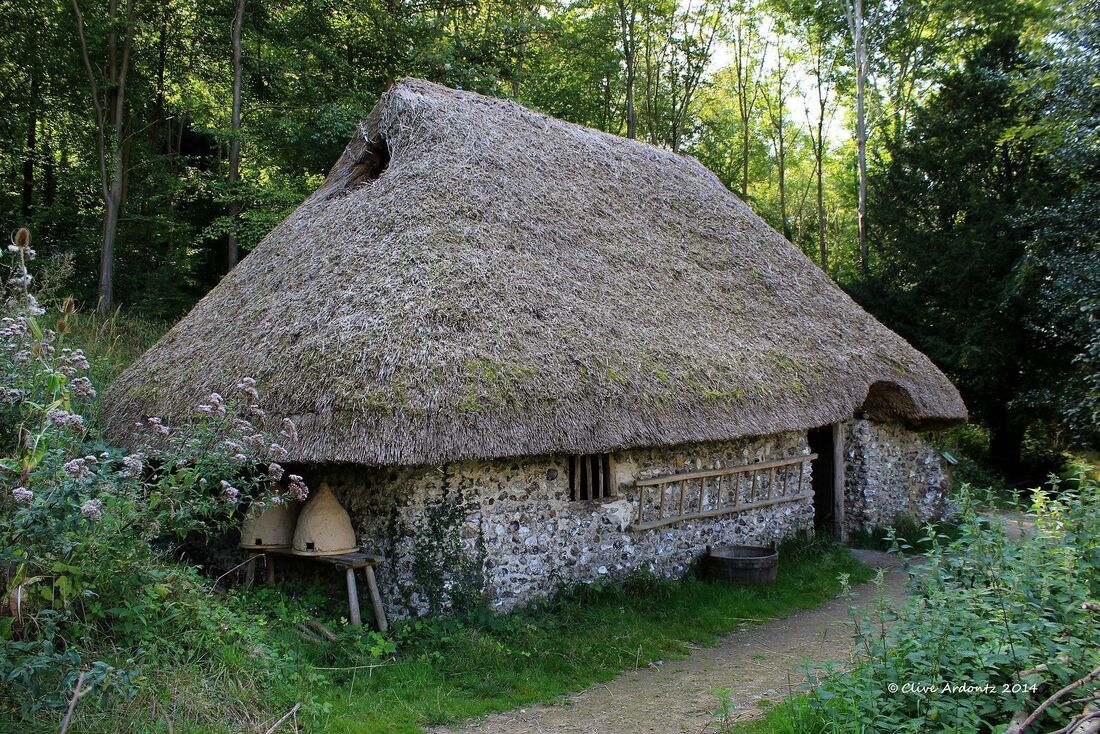
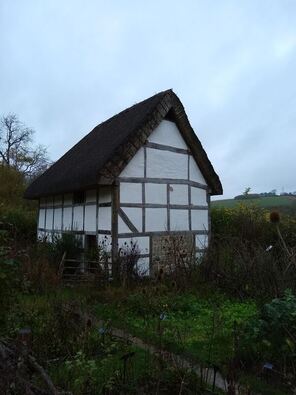

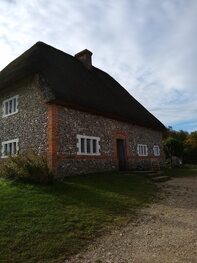
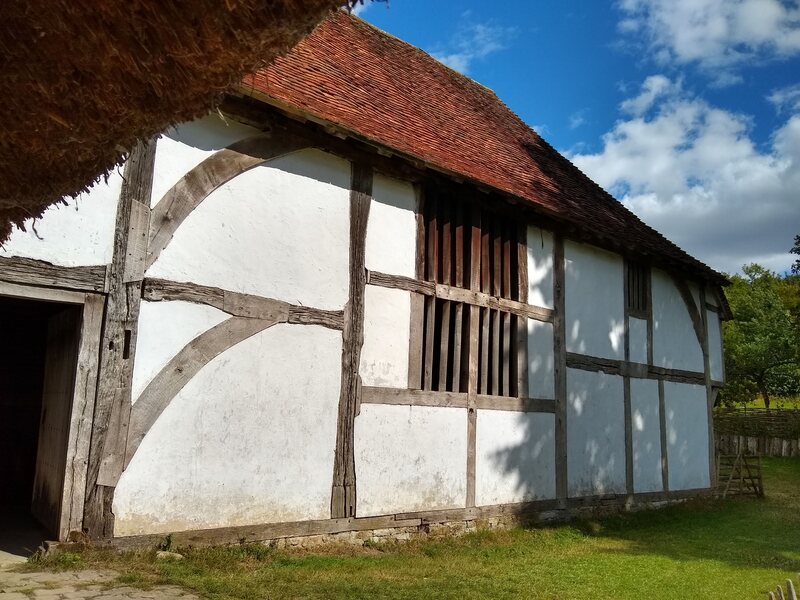
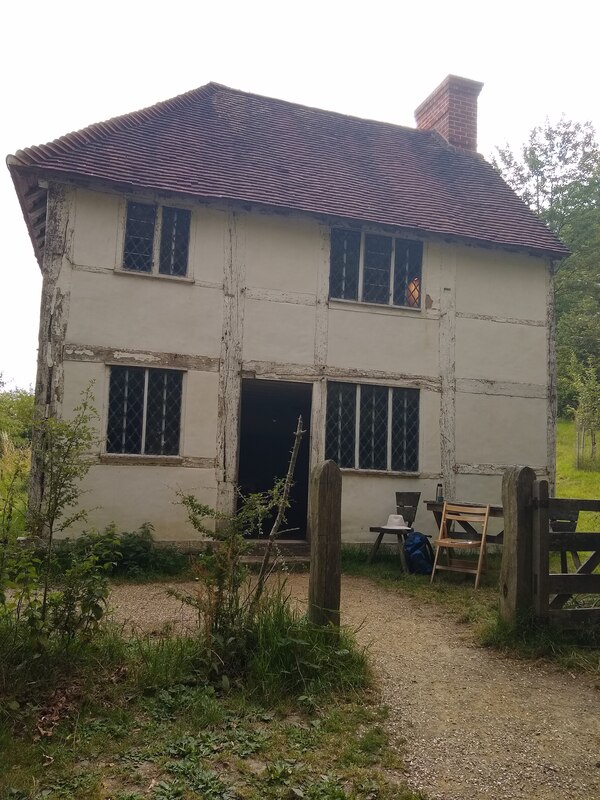
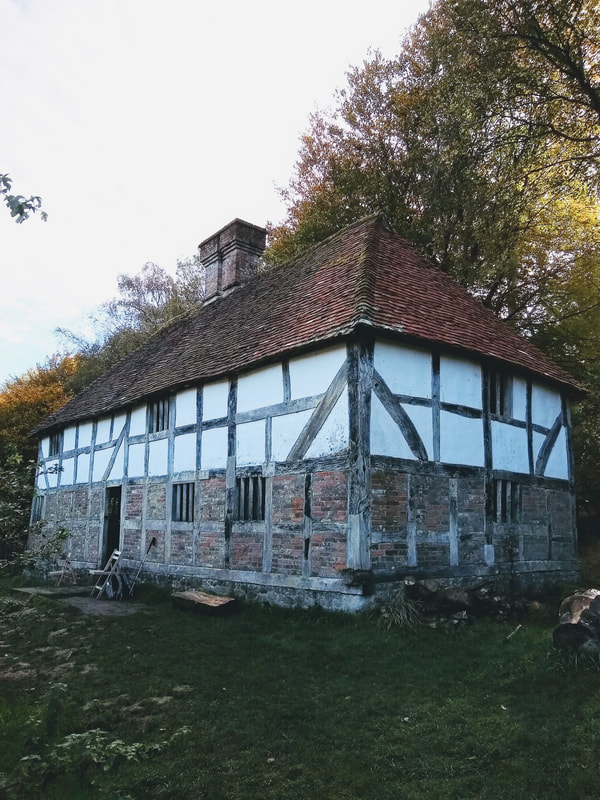
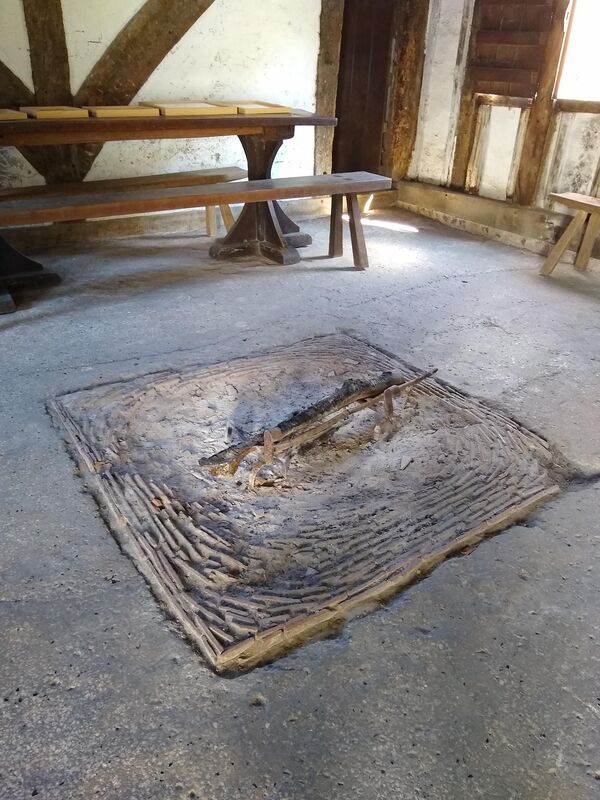
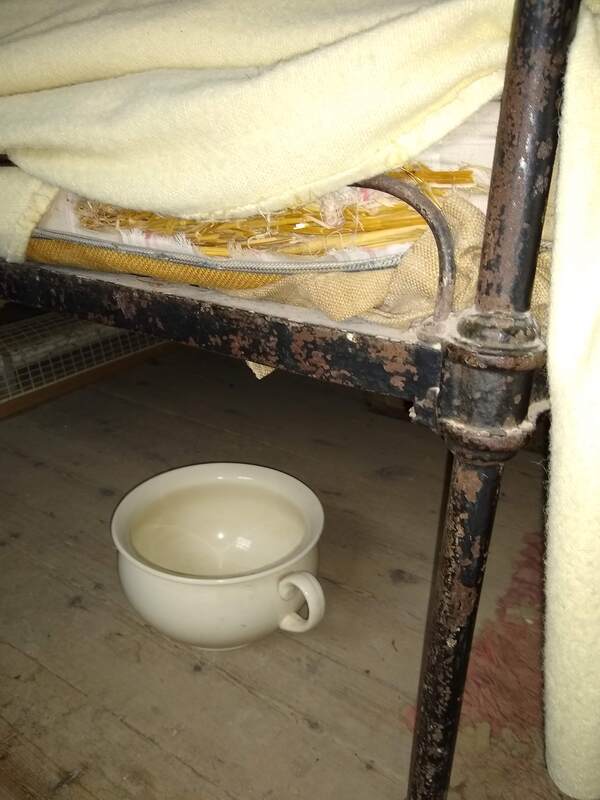
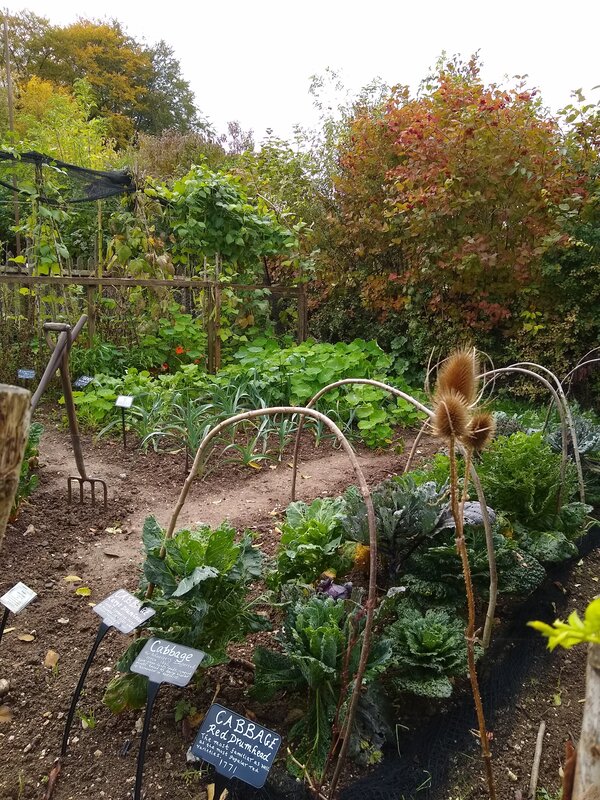

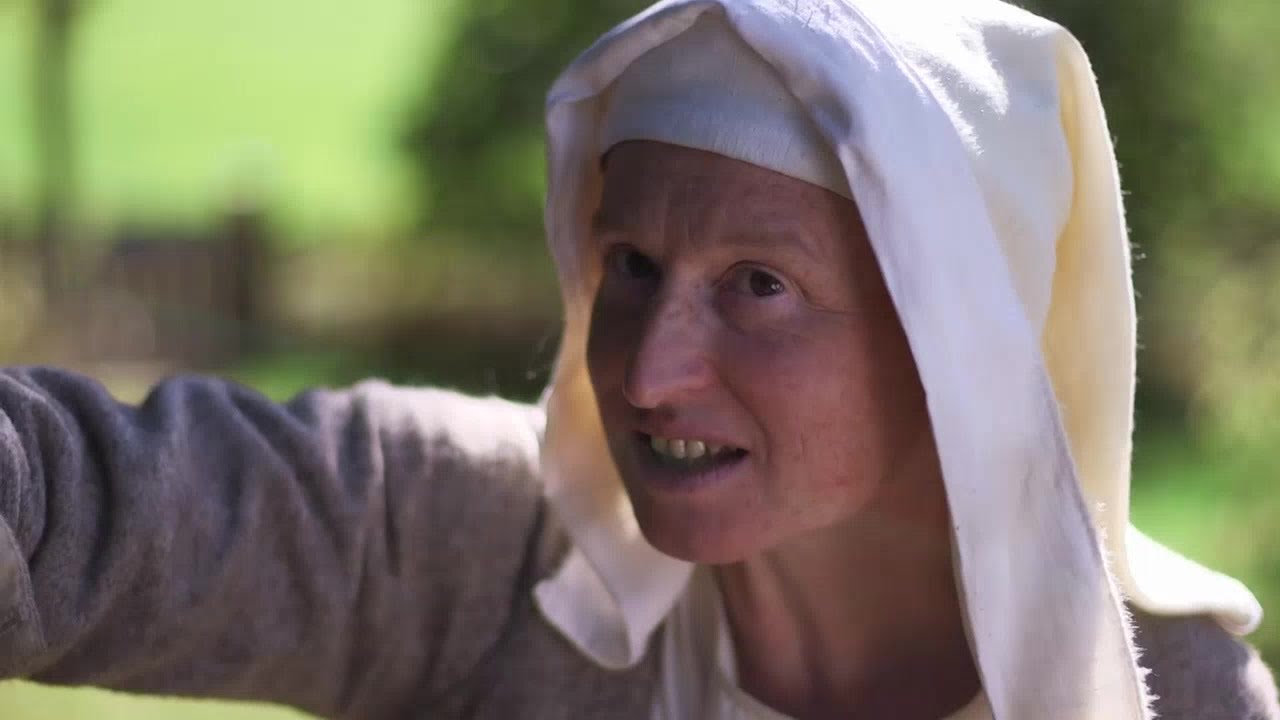
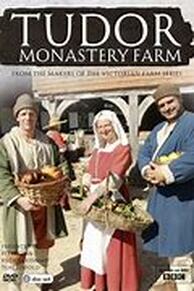
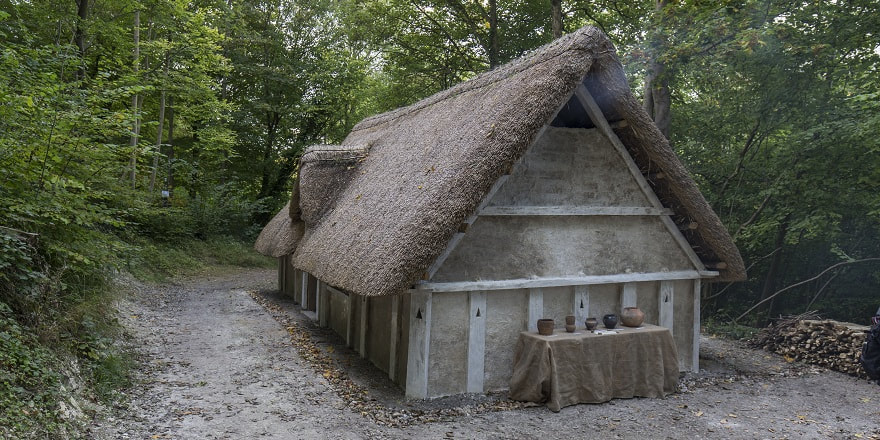
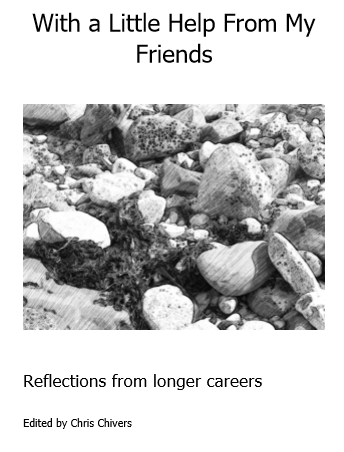
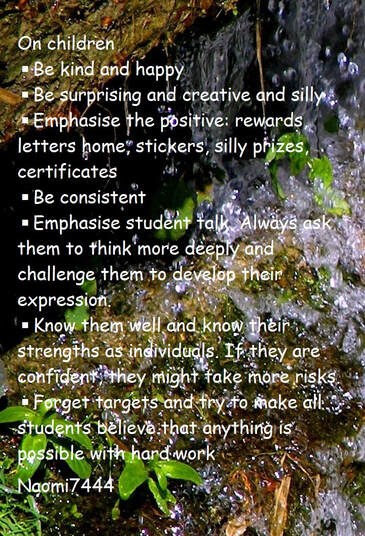
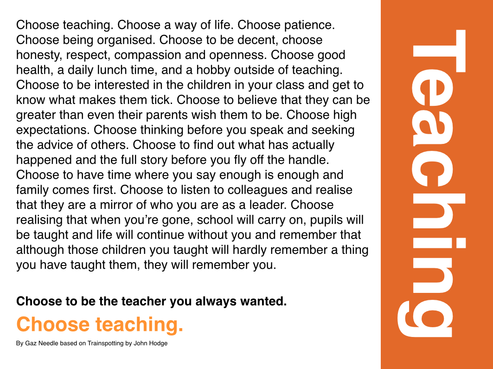




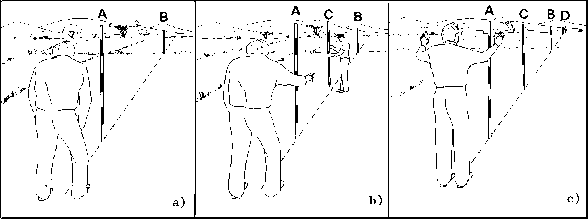
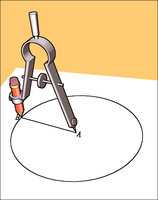
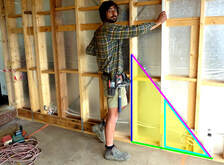

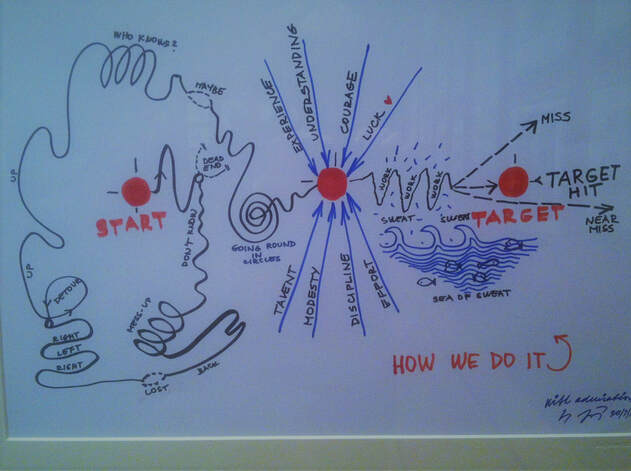
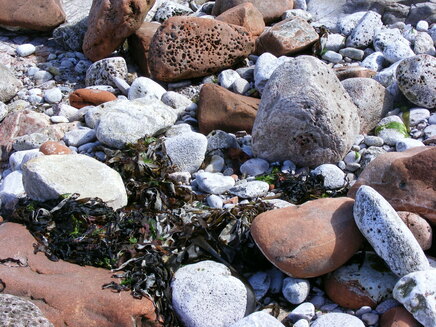
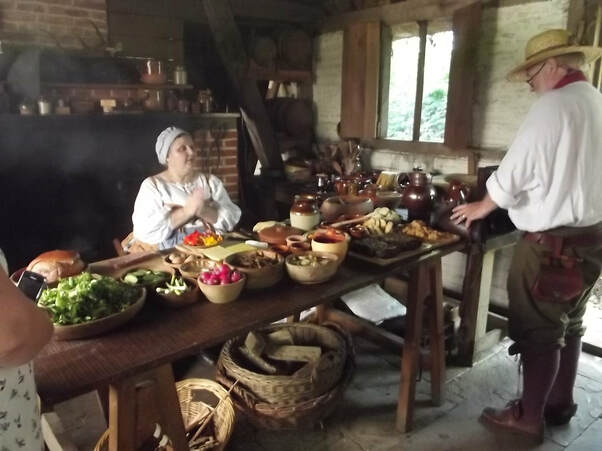
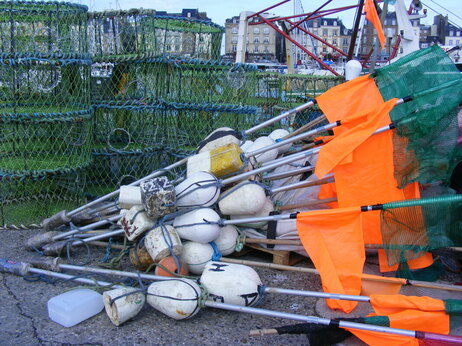
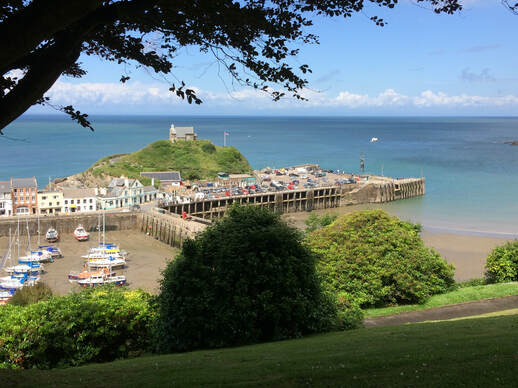

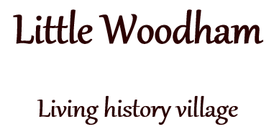
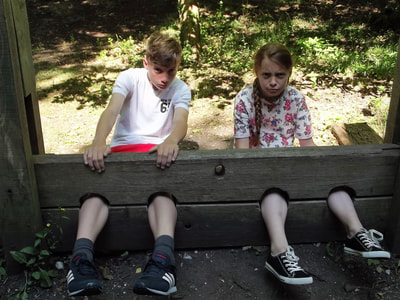
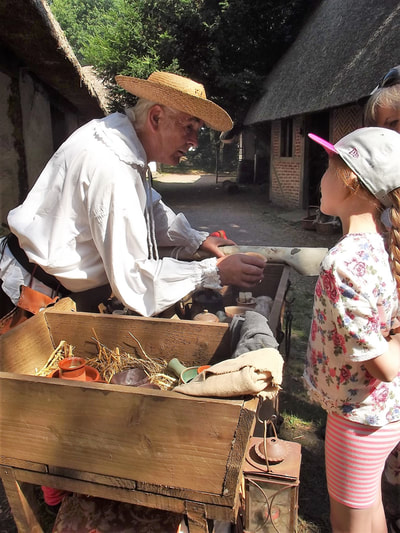
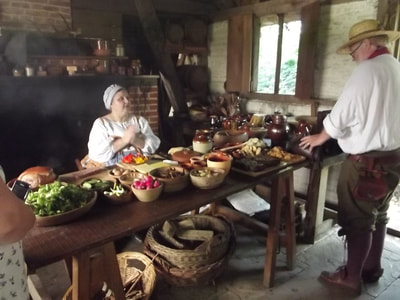
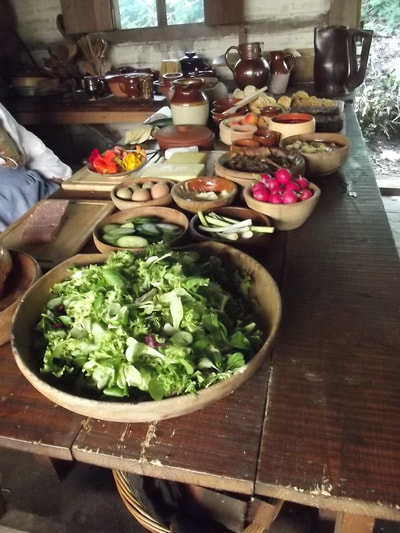
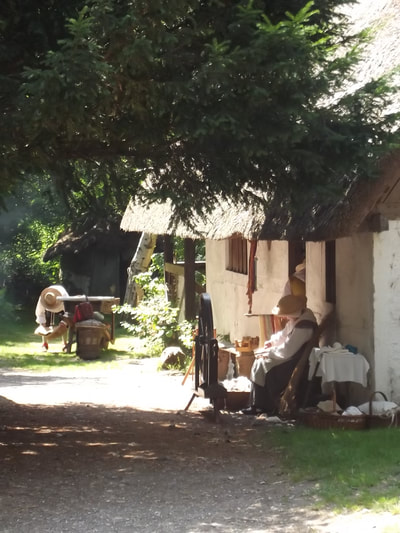
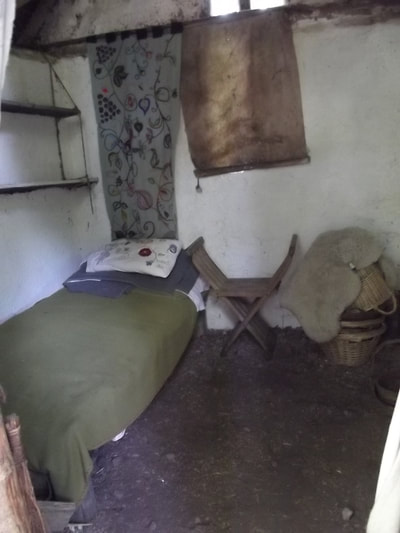

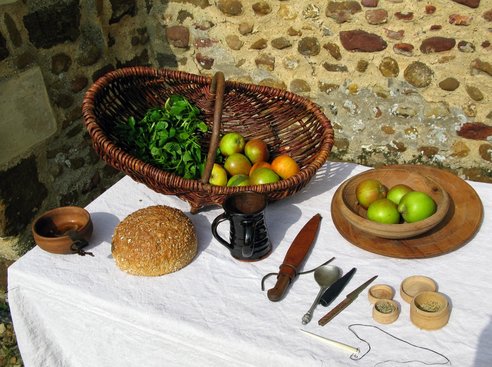
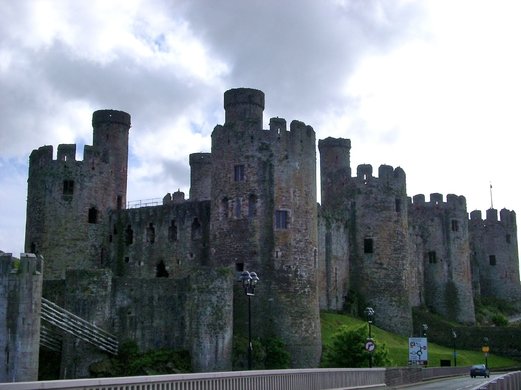
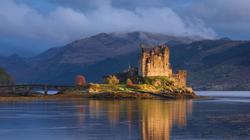
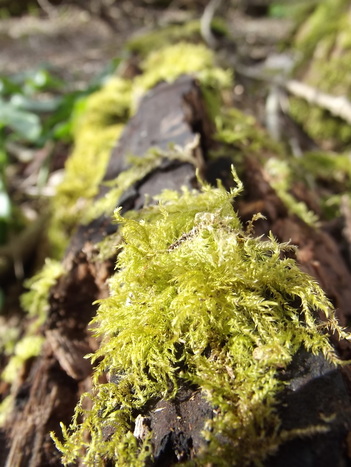
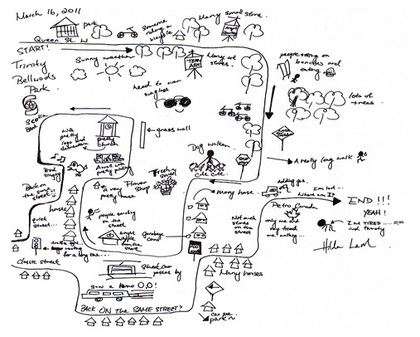
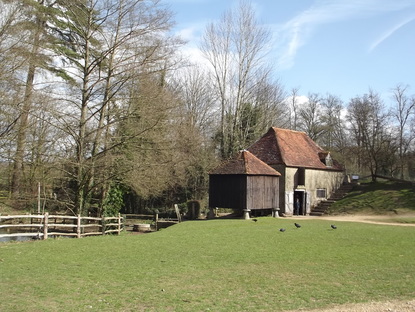


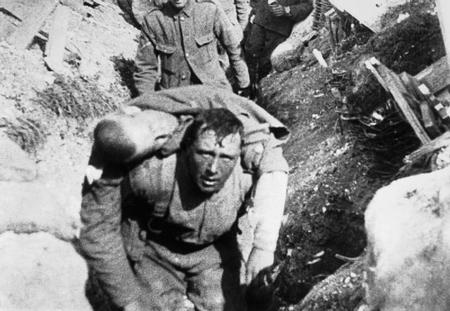
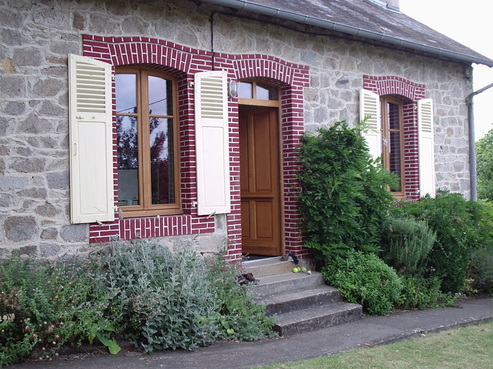
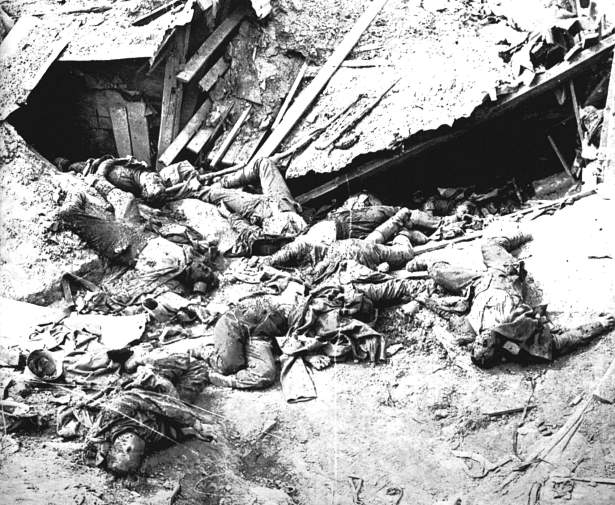
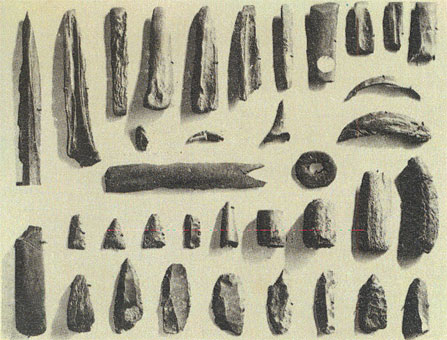
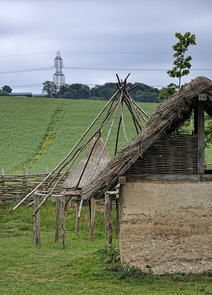

 RSS Feed
RSS Feed
